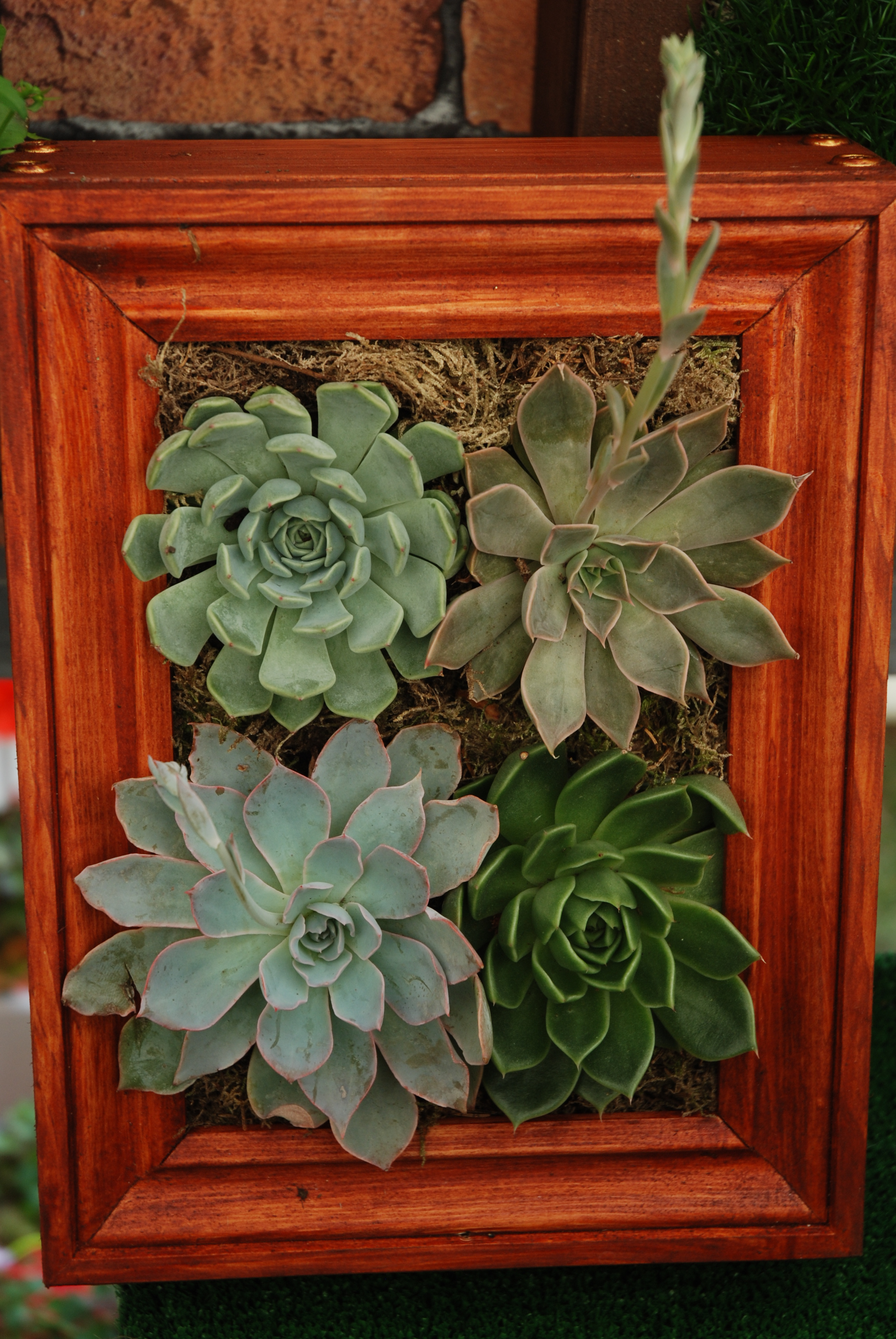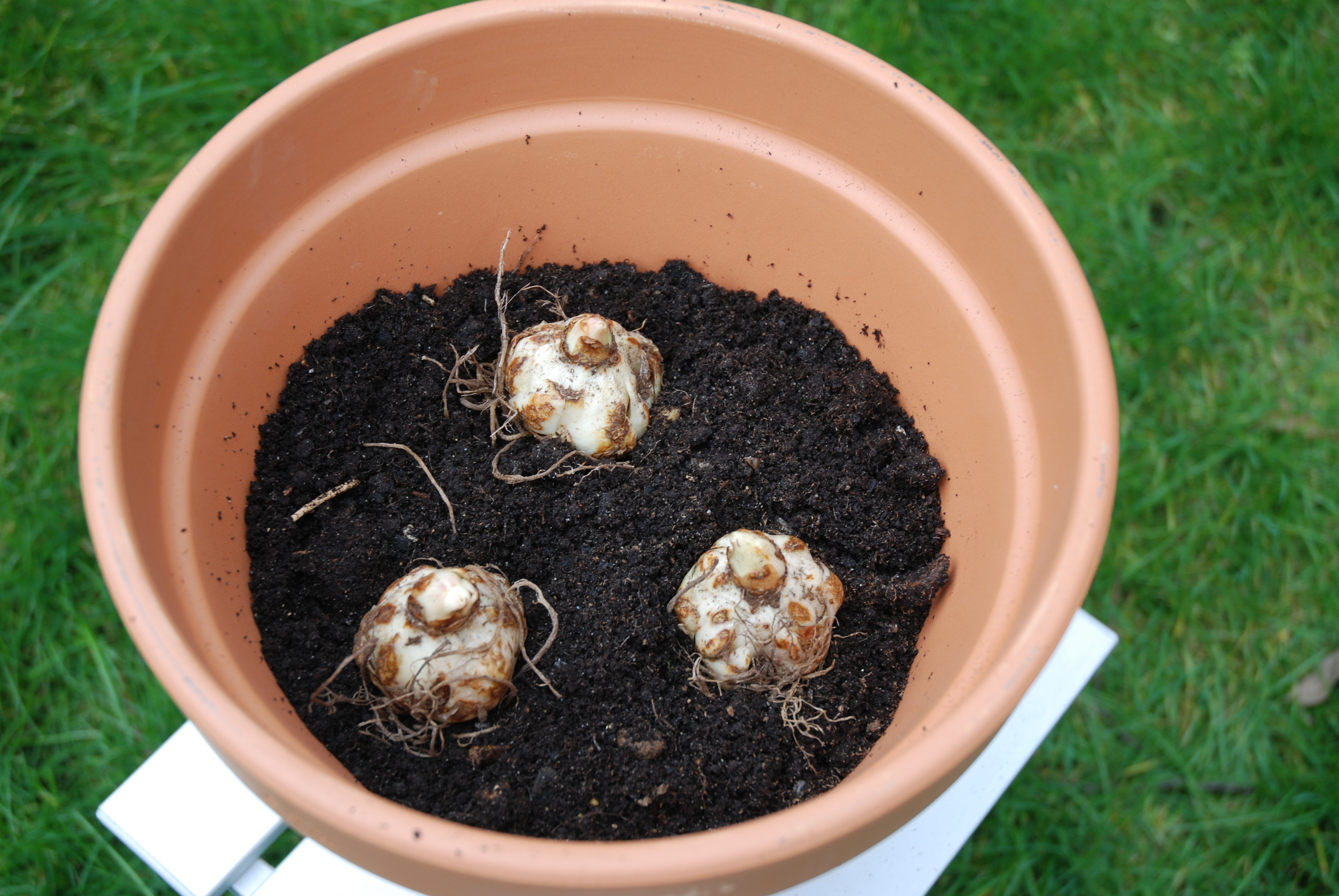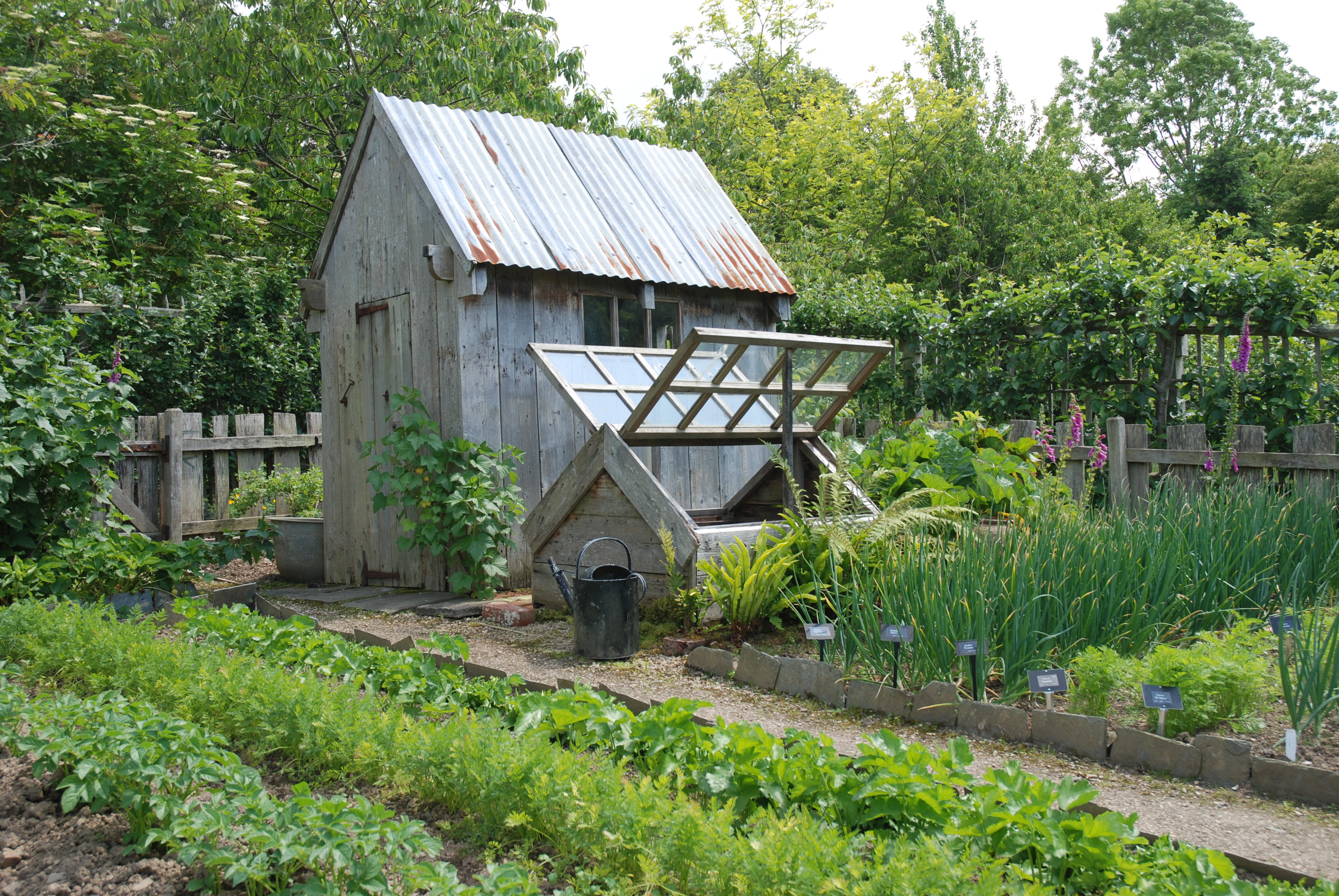There is more to mistletoe than an excuse for kisses at Christmas. It is an unusual native British evergreen that has fascinated people for centuries.
If you venture a kiss under some mistletoe this Christmas pause afterwords to examine the plant more closely. Even a short Sprig will show some of the unique features of this extraordinary British native. Nothing else has such beautiful pearlescent berries and perfectly symmetrical branching leaves. It is perhaps our most mysterious plant with a place in folklore stretching back into prehistory.
Mistletoe is of course a parasite of tree branches. This parasitic habits as well as an unusual form may account for mistletoes place in mythology – The plant that lives in the sky and never touches the ground for example. Evergreen with unusual winter berries yet growing on branches of dormant deciduous hosts.
Viscum album the Latin name for mistletoe has a few hosts mainly in the Rose family including apples hawthorns quinces Whitebeams Rowans even cotoneaster but really plums pears or cherries.
In the UK mistletoe grows mainly in Herefordshire and Worcestershire Gloucestershire Gwent and Somerset. Traditionally on apple trees. With the decline of orchard growing there was concern at the risk of mistletoe dying out. However whilst mistletoe in orchards seem to be dying out the importance of the growing it the garden cannot be underestimated.
Another possible cause for mistletoe dying out maybe changes in bird populations. Only a few birds Feed on the sticky white berries of mistletoe but they are crucial to the plants spread. In Britain it is the mistle thrush that was the main consumer. It swallows berries whole and excretes seeds with part digested sticky berries that may never hit a branch.
If you want to grow your own on a suitable tree in the garden early spring is the best time to sow berries. Berries from Christmas can be used if stored in cold and light conditions but fresh berries are better. Choose a young 1-2 inch diameter of a branch of a suitable host. Squeeze seed from the berry and press on to the branch on its on the side or underside is best I seedlings need light to germination. Stick four of five seeds to each of several branches to maximise success on your chance of getting both male and female plants as you need both to produce berries.
You will have to have a lot of patience as it is at least 18 months before you will see any change to the seeds and it may take up to 4 years before they produce any berries!





























